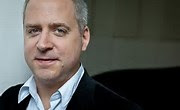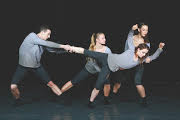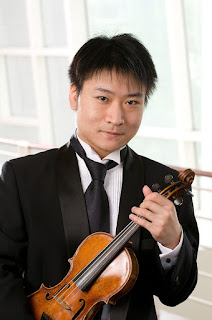Indianapolis Symphony Orchestra's INfusion Music Fest raises environmental consciousness while putting forward unusual repertoire

To launch a weekend like no other in the Indianapolis Symphony Orchestra's history, the INfusion Music Fest came up with a cabaret setting in the Hilbert Circle Theatre's lobby for a concert featuring Time for Three. Th original Time for Three, together for the last time this weekend. It was a nod to the future of a new kind of ISO outreach. For Time for Three, it was also a fond look at the string trio's history. The group is ending an era here this weekend, as ISO concertmaster Zach De Pue leaves the trio he helped found in order to concentrate on his ISO duties. Taking his place will be another violinist, Nikki Choi, also an alumnus of the Curtis Institute of Music, where Time for Three was formed 15 years ago. With its original membership of De Pue, violinist Nick Kendall and double bassist Ranaan Meyer, it has been a good run locally. In its history as resident ensemble here with the ISO, Tf3 has premiered new works by William Bolcom, Jennifer Higdon, and












